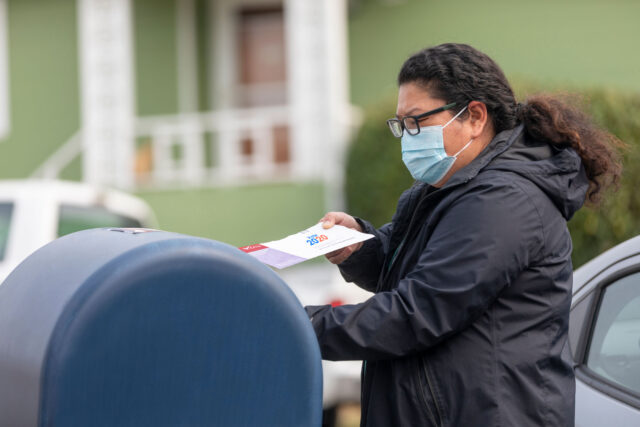Summary
States across the country took extraordinary steps to increase voting by mail for the 2020 election in an effort to minimize in-person contact and virus transmission risk during the COVID-19 pandemic. The biggest such policy change involved mailing every voter a ballot by default. California took additional steps toward facilitating vote-by-mail—such as a statewide ballot tracking system and a later deadline for receiving ballots that had been postmarked by election day—and many counties in the state also adapted their options to accommodate in-person voting.
California is now debating making universally mailed ballots a permanent feature of the state’s elections moving forward, through AB 37. The state has already committed (through SB 29) to extending the approach through 2021, including for any gubernatorial recall election that may occur. At the same time, other US states plan to return to a version of their pre-pandemic approaches or may introduce policies to constrain voting by mail.
In this report, we analyze a wide range of data to identify how recent policy decisions affected voter turnout. Our analysis led to the following findings:
- States that mail a ballot to every registered voter, including California, see turnout increase an average of 4 percent or more for all voters. The increase is more than 9 percent for voters who previously voted in-person. These effects were slightly larger in 2020.
- Other mail voting experiments states pursued had weaker effects. Mailing every voter an application for mail voting did boost turnout a little under two percentage points during the pandemic, but removing restrictions on signing up for mail balloting might actually have had negative effects last year. That negative effect was measured against the longer-term turnout trends in those counties, which were otherwise generally positive.
- Different options for in-person voting in California did not clearly increase turnout beyond what resulted from mailing every voter a ballot. County decisions about the number of drop boxes and in-person voting locations appeared to have little effect.
- Despite the rise in vote-by-mail, a smaller share of mail-in ballots were rejected in California. The slight decrease may be due to statewide policy, such as the later deadline for mail-in ballots or the new statewide system for tracking them.
Many dynamics were at play in the 2020 election, including the competitiveness of the presidential election, a surge in turnout overall, the local prevalence of the coronavirus, and the possibility that voters might consider mail reforms differently in the midst of all these changes. Our estimates of policy effect account for all these factors.
If the policy goal in California is to increase voter turnout, the proposed legislation to mail all voters a ballot appears to maximize impact in that area. Our results suggest that changes to in-person voting—such as a switch to “vote centers” available to any voter in the county—might simplify some administrative procedures but do not increase turnout the way mailing voters a ballot does. However, decisions about all-mail balloting and in-person voting options come with administrative changes that should also be weighed and that we do not consider in detail here. There are also important questions about the effect of these reforms on the turnout of underrepresented groups like young people and people of color; the data for those questions are not yet available but should be addressed in future research.



